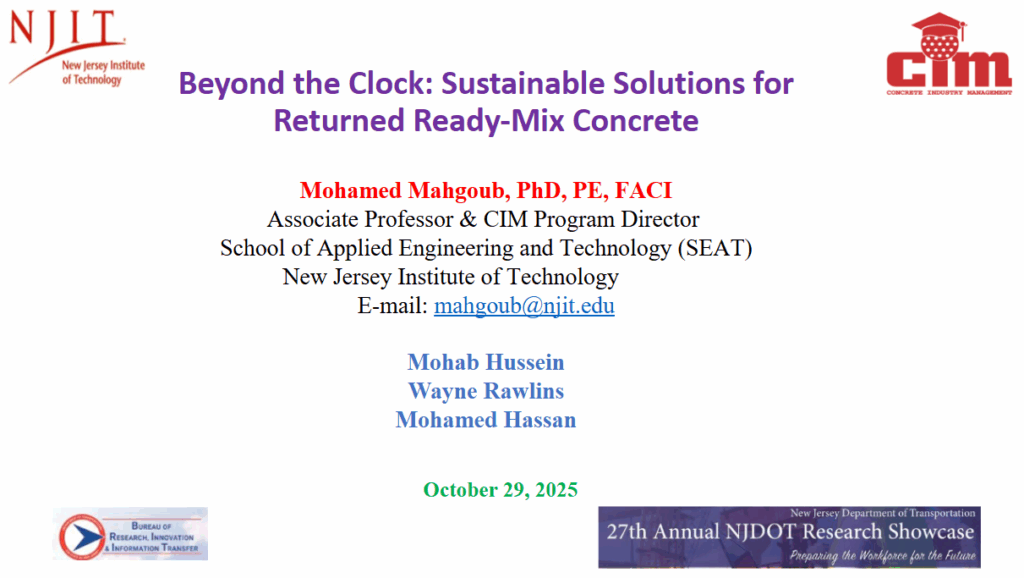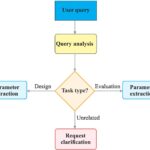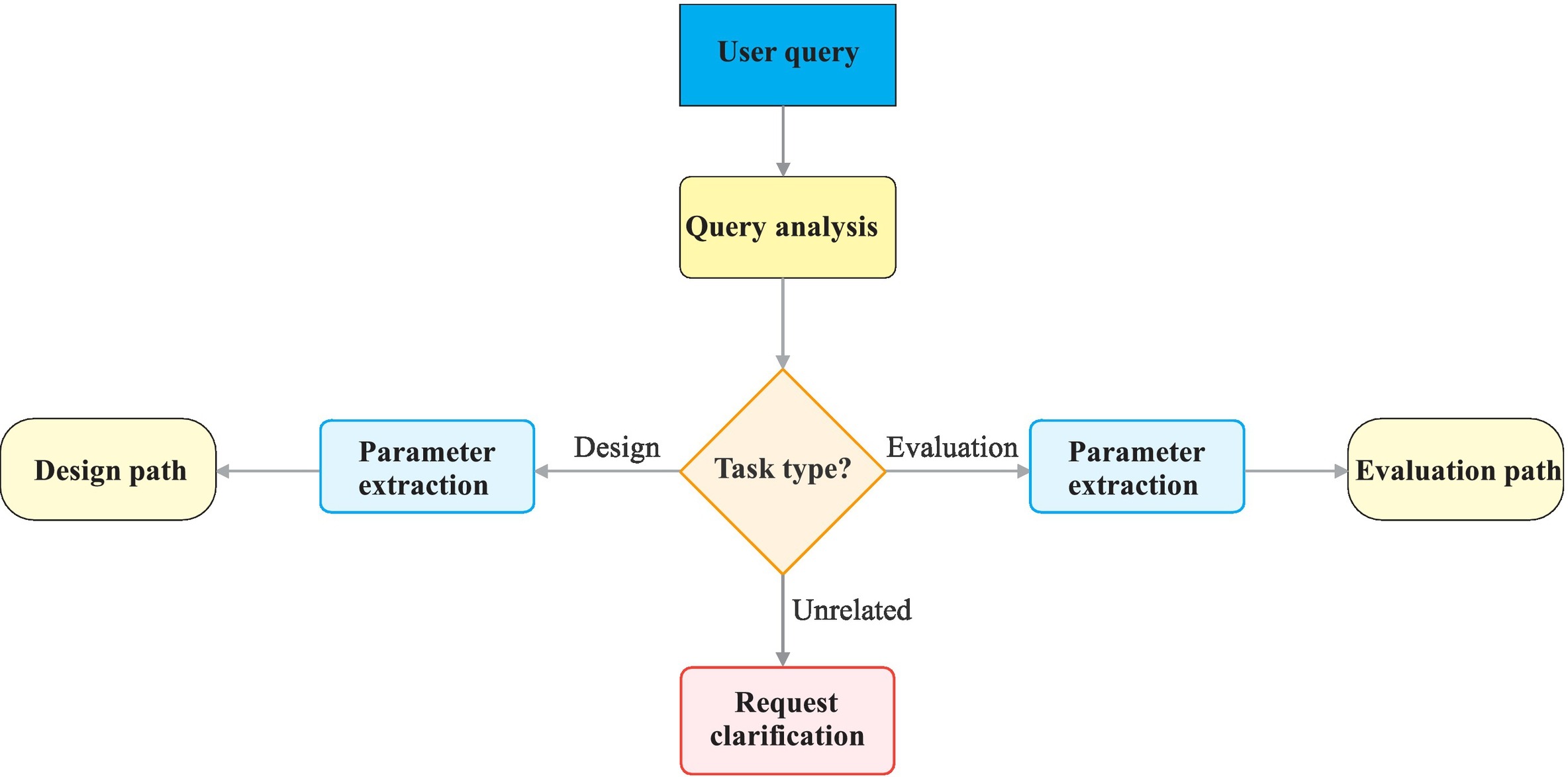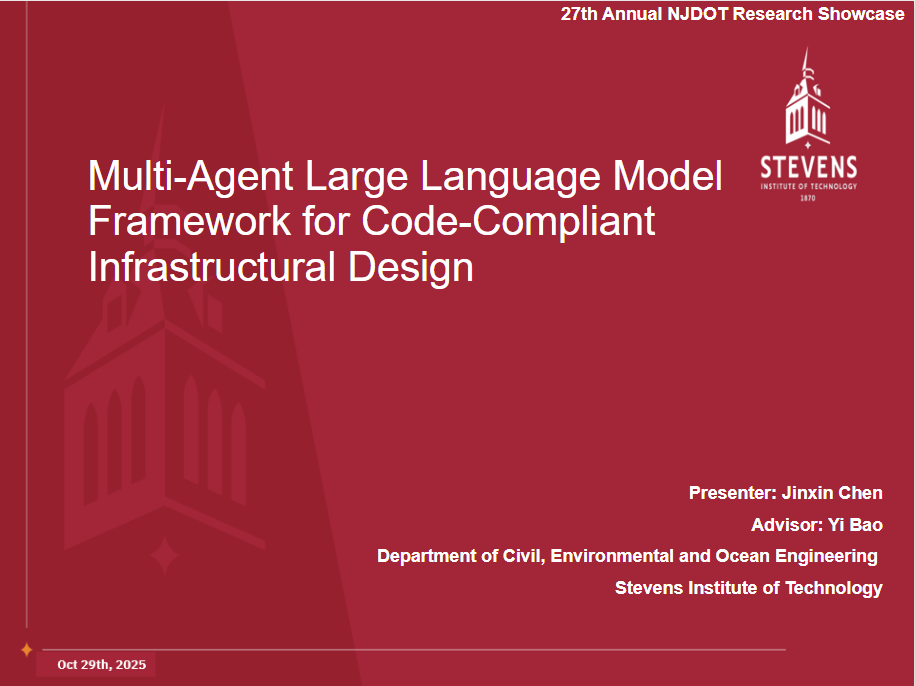Presenter: Mohamed Mahgoub
Organization: New Jersey Institute of Technology
INFRASTRUCTURE
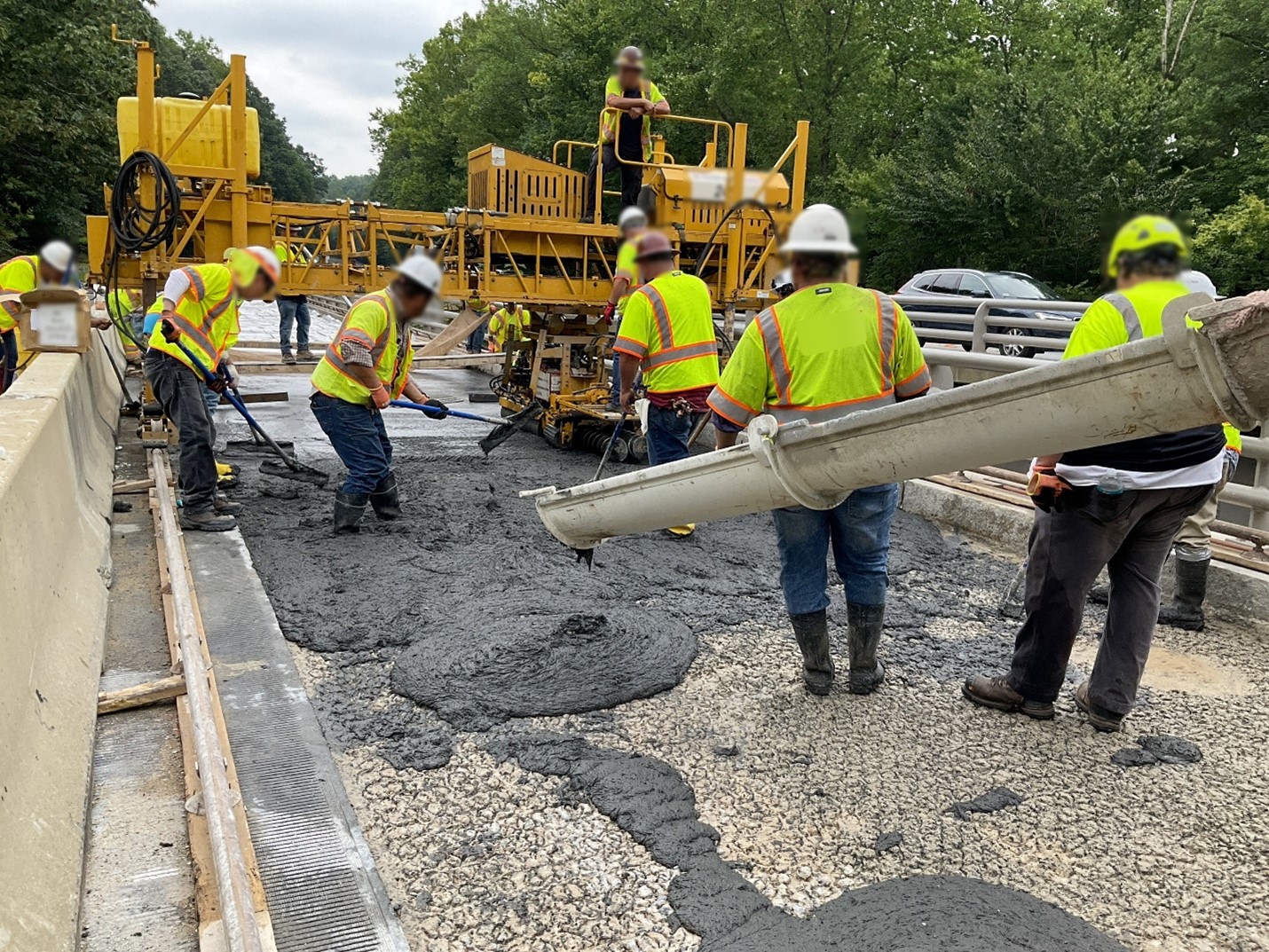
Abstract:
A significant portion of ready-mixed concrete, estimated at around 3% of total production, is returned to plants for disposal each year due to issues such as slump loss during transport, surplus production, and strict adherence to the 90-minute discharge time limit set by ASTM C94 and referenced in ACI 318-19. While this rule aims to preserve concrete quality, it often leads to the rejection of truckloads, particularly in congested urban areas, thereby increasing costs, waste generation, and environmental impacts.
To address this challenge, research funded by the Ready Mixed Concrete (RMC) Research & Education Foundation and Portland Cement Association (PCA) examined the effects of extending discharge time on durability and performance. Concrete mixtures, representative of field practice, were prepared and tested at intervals up to 150 minutes, with properties such as air content, slump, temperature, compressive strength, freeze-thaw resistance, and surface resistivity evaluated.
The findings revealed that extending discharge time to 150 minutes had no significant adverse effect on fresh or hardened properties, suggesting that current specifications are overly conservative and could be revised to reduce unnecessary waste, costs, and environmental burdens.
Mohamed Mahgoub, PhD and PE, is an NJIT Associate Professor and Concrete Industry Management Program Director. He is also a Fellow of ACI. He is an expert in bridge rehabilitation, inspection, rating, design and analysis. Dr. Mahgoub received his Master’s Degree from McMaster University in Hamilton, Ontario, Canada and his doctorate from Carleton University, Ottawa, Canada. Prior to joining NJIT, he was the lead bridge engineer for the Chicago consulting firm Alfred Benesch & Company, working on bridge design for the Michigan DOT. His personal experience includes: highway bridge analysis and design, rehabilitation and construction, and scour analysis. Dr. Mahgoub has designed several bridges in Michigan, Illinois, Wisconsin and Pennsylvania. He has also performed several bridge inspections and load rating in several big cities in Michigan. He was in charge of performing annual scour analyses of all primary and secondary bridges in Calhoun County, MI. After joining NJIT, Dr. Mahgoub was involved in research of several construction material projects for several associations, companies, and state institutions. He was also involved in RAC research. Dr. Mahgoub has served as a member in organizations such as ASCE, PCI, ICRI, and ACI. Dr. Mahgoub has been appointed as the vice president of the local New Jersey ACI Chapter, has been selected as a judge for their annual award, and is also the advisor of NJIT ACI Student Chapter. Dr. Mahgoub has more than 20 technical and scientific publications and presentations to his credit. Dr. Mahgoub has been also serving as a panelist for the NSF and NRC.
Presentation Slides:
